Welcome to Paulina Cocina! Today we're going to show you how to make Peruvian Tuna Causa, a beautiful and eye-catching dish that's also super easy to make . Yes, friends, Lima tuna causa is a dish that looks like an edible work of art, with its colors and flavors, but with simple ingredients.
In this article, we'll delve into the world of Lima tuna causa , with its secrets and origins . And, of course, we'll look at a Peruvian causa , with a classic and vegan option , so you can surprise everyone with a little bit of Peru on your table. Let's get started!
On the Peruvian Cause
Peruvian causa is much more than a dish; it's history, culture, and flavor compressed into layers of mashed potatoes , aji amarillo (yellow chili pepper) , and a filling that can range from shredded chicken to seafood. While there are many varieties of stuffed causa , today we're going to focus on tuna causa , which is one of the most popular.
This dish is rooted in creativity and local produce. It's based on yellow potatoes , a kind of Andean gem that, unfortunately, isn't easily available in Argentina (but don't worry, there are substitutes).
What makes the Lima tuna causa is its combination of fresh flavors and a texture that feels like a hug in every bite. Creamy and smooth , but with spicy and more intense notes. A feast for the palate!
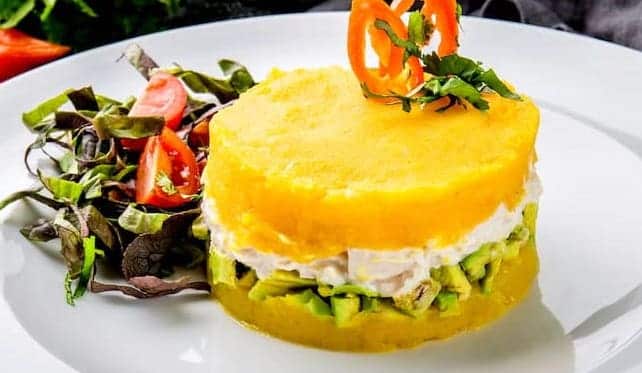
A little bit of history: How did the Peruvian cause come about?
The history of the Peruvian cause is as rich as the dish itself. Some say its name comes from the Quechua "kausay ," meaning " sustenance" or "food necessary for life ." Others claim it was born during the war with Chile, when women sold this dish to fund the cause of independence .
Whatever the version, it is clear that this dish is a true emblem of Peruvian resilience and creativity .
But then, what exactly is Peruvian causa ? The answer is short: the best of the Peruvian soil . Potatoes, yellow chili pepper, lemon, and a filling that can be varied according to taste, although tuna takes the cake for its freshness and versatility .
Characteristics that make the Peruvian cause unique
- The potato base: The texture of the mash is key. It should be smooth, but firm enough to support the filling. If yellow potatoes aren't available, floury white potatoes can also be used.
- Yellow pepper: Its flavor and color define the Peruvian cuisine. If you can't find it, a yellow bell pepper with a touch of heat can be a good substitute. You can also use a pinch of locoto (rocoto) for added heat.
- Lemon Touch: Lemon juice not only provides freshness, but also balances the flavors.
- The filling: Although there are several versions, the Peruvian tuna causa is one of the most popular. However, you can also make a vegan causa with a variety of fillings, such as mushrooms or sun-dried tomatoes.
- The assembly: Peruvian causa first enters the eye. It's assembled in layers, alternating the mashed potatoes with the filling, and garnished with egg, olives, or avocado.
- Versatility: It can be eaten cold as a starter or as a main course. It always shines.
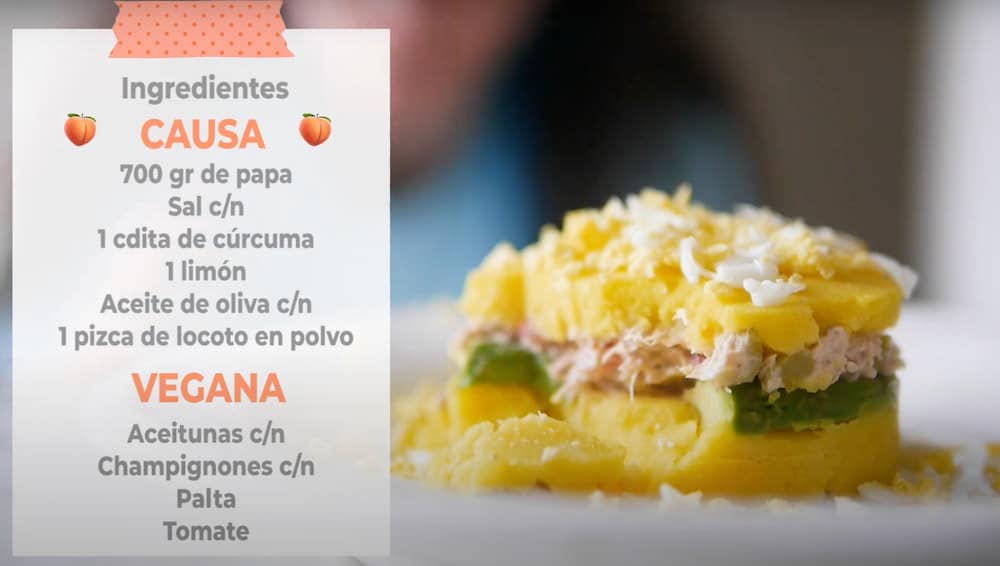
3 Types of Peruvian Causa and Their Special Charm
In addition to the classic Peruvian tuna causa , which combines simplicity and elegance, there are also other versions worth trying:
- Vegetarian Peruvian Causa: Ideal for those who don't eat meat or fish . It can be filled with avocado, grated carrots, and a touch of cream cheese.
- Peruvian Chicken Causa: With shredded chicken breast , mayonnaise (homemade is even better), and some vegetables. It's another star of Peruvian cuisine.
- Mixed Peruvian Causa: For those undecided, it has two types of filling , such as tuna and seafood.
5 Secrets to a Rich Peruvian Cause
- Choosing the right potato: If yellow potatoes , choose a floury variety that won't become chewy when mashed.
- Add color to the mash: If you don't have yellow potatoes, you can mash a yellow bell pepper or add a little turmeric to the mash. It won't be the same, but it will still add a touch of color and flavor.
- Try to get some yellow chili: Whether in paste or fresh , it is an ingredient that adds a lot of flavor to the dish.
- Always fresh lemon: No packaged juice. The flavor isn't the same.
- Tuna in water or oil: It depends on your taste, but always good quality and in loins or chunks .
- Refrigerate: Allow at least half an hour for the mold to cool properly and allow the flavors to blend.
Follow on Instagram ( here )
and on YouTube that I upload new recipes every week ( click here )
Peruvian Tuna Causa Recipe
Yields: 4 portions
Preparation time: 40 minutes (plus 30 minutes of chilling)
Ingredients for the Peruvian tuna and vegan causa recipe
Base
- 700 gr of potatoes (the original recipe calls for half white potatoes and half yellow or Creole potatoes)
- 1 teaspoon of turmeric or a cooked and blended yellow pepper (for color)
- 1 lemon
- 4 tbsp. olive or sunflower oil
- 1 pinch of powdered locoto or yellow chili paste
- Salt to taste
Peruvian Causa with Tuna
- 2 tuna cans
- 1 chopped garlic clove
- ½ tomato
- 6 olives (reserve some for garnish)
- 1 hard egg
- 3 tablespoons of mayonnaise
Peruvian Vegan Cause
- 6 Olives
- 4 or 5 Mushrooms
- 1 Avocado
- 1/2 Tomato
How to make a Peruvian cause step by step
- Boil the potatoes in salted water for about 15-20 minutes. Make a mash by mashing the potatoes while hot, without adding liquid, until smooth.
- Add the turmeric or blended yellow pepper and mix well until the puree takes on a uniform color. Add the lemon juice, locoto or yellow pepper paste, and oil, and mix until you have a thick, smooth puree, almost like a paste. Refrigerate until ready to use.
- For the tuna causa: Crumble the tuna into a bowl. Add the chopped tomato, chopped olives, garlic, and mayonnaise. Mix well until the ingredients are combined.
- In a baking dish or mold lined with plastic wrap, place a layer of mashed potatoes, a layer of the tuna mixture, and then more mashed potatoes on top. Garnish with grated hard-boiled egg.
- For the vegan version: Slice the mushrooms and sauté in a pan with a little oil. Thinly slice the avocado and tomato, and chop some of the olives (reserve 2 for garnish).
- Repeat the same assembly process, but place a layer of avocado in the middle, along with some chopped olives, a layer of tomato slices, and another layer of mushrooms. Cover with the puree and garnish with halved olives.
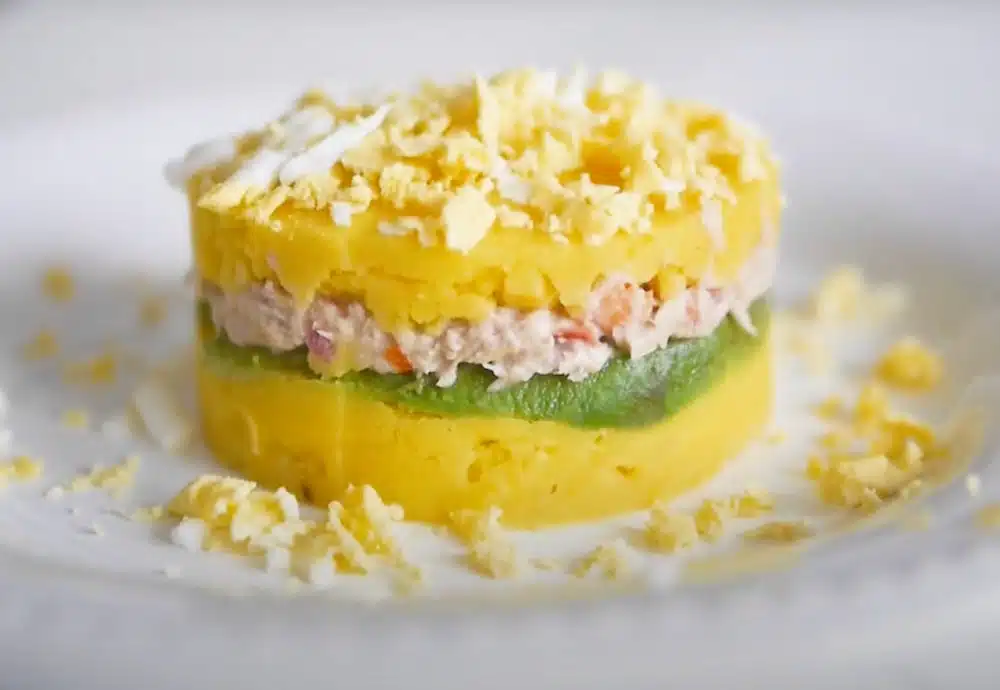
lo-o-ve Peruvian food . I'm very chic. And I'm also a bit bold, daring to try recipes among Peruvians. Since Carlo Kilimanjaro and Carlos Emilio (my Peruvian friends) aren't around, I invented two new Peruvians, Joseph and Diego, two friends of Lucía Inés and Niño Georgie. We had a great time; the guys said the food was delicious, and I'm happy.
Here's the recipe for the Peruvian tuna causa I made (with ingredients I was able to find in Buenos Aires), a summery and exquisite dish. My favorite entry from Patio Latino in Barcelona. And two messages.
Trick if you are not in Peru
Causa is yellow (from the yellow or Creole potato), so if you can't find it, you can use the following trick: grind a yellow bell pepper with the chili. This will add color and a slightly sweeter flavor, but it won't cover up the heat of the yellow chili.
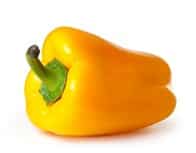
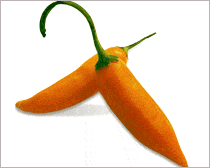
This is how my tuna causa turned out.
that's 70's show

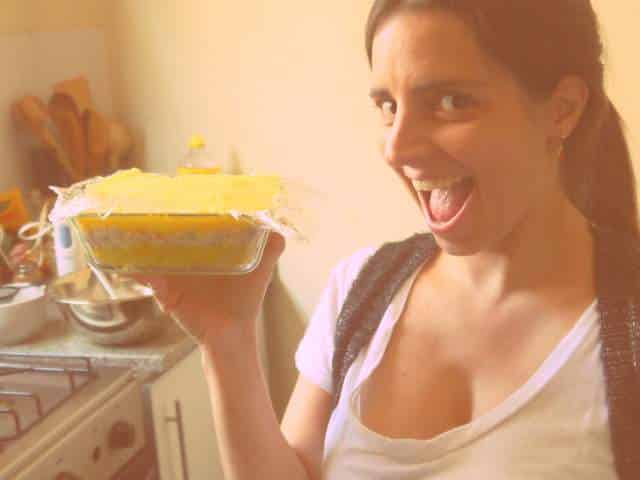
Message for Jennifer
Dear former neighbor, you should know that I'm deliberately excluding you from the list of Peruvian acquaintances. I wouldn't be crazy to make Peruvian food for you after trying your ají de gallina—a crazy dish, I'll never forget it. Kisses, Nenuco.
Message for Peruvians in general
I'm telling you the same thing I told the Colombians in the Ajiaco recipe : GET RID OF THE CRIOLLA POTATOES. What's wrong with you? Why can't you get criolla potatoes ANYWHERE on the planet? At this point, it's clear we're facing an Andean plot. Fellow Atlanticist, Brazilian friend, Venezuelan comrade: fight to have criolla potatoes imported into your country.
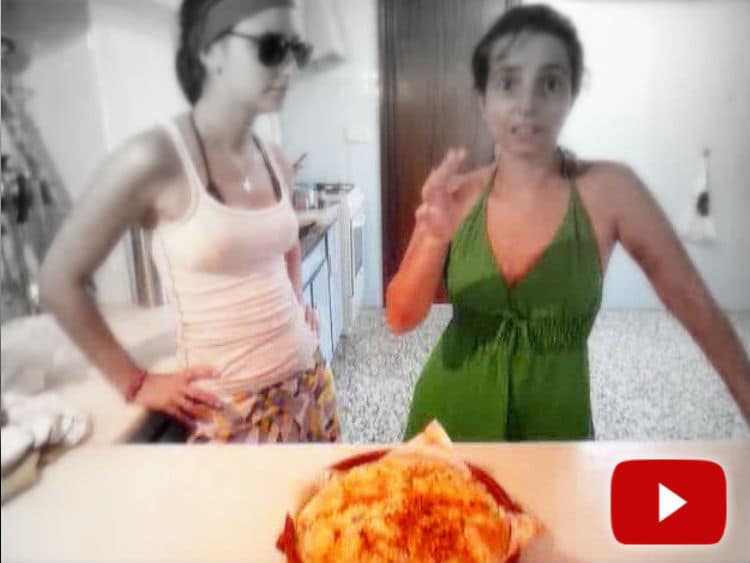
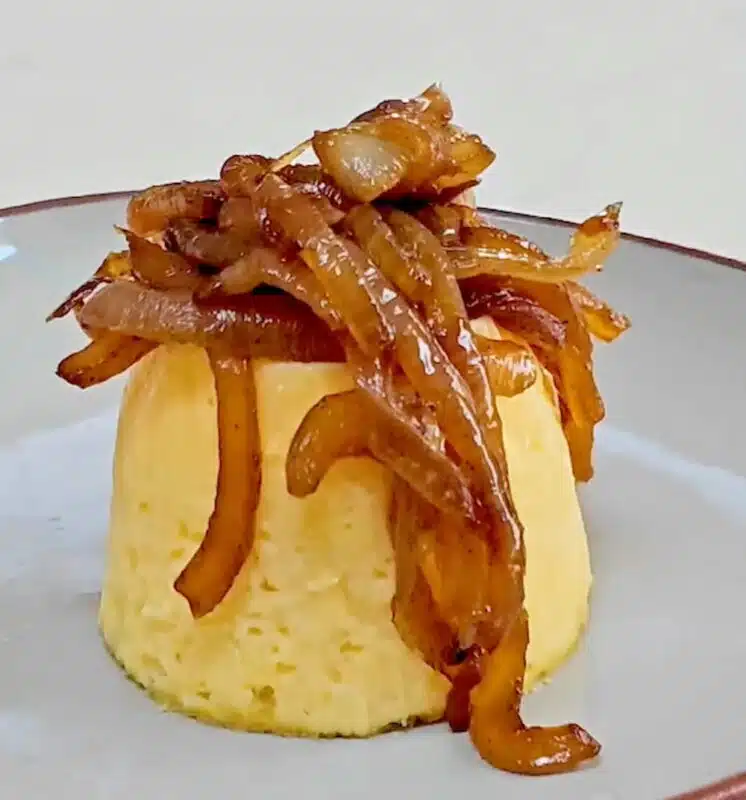
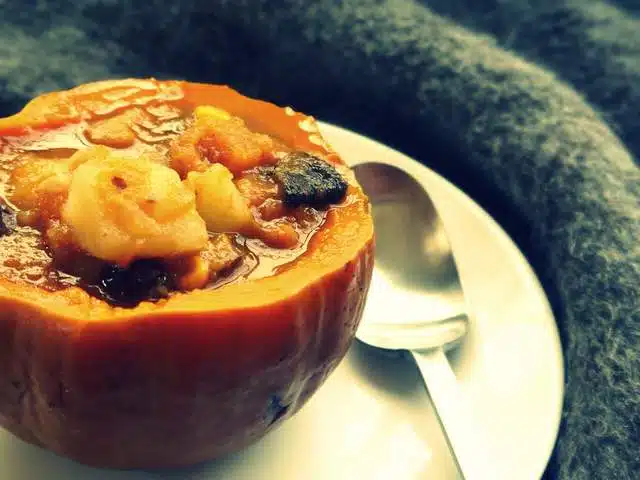


History of the dish
The history dates back to the 1820s, during the Liberating Expedition of Peru, a group of brave women looked for a way to help the soldiers with basic purchases such as: medicine, clothing and food.
They then organized a fundraiser, which included potatoes, corn, peas, carrots, and more. This sparked the idea of creating a new, marketable dish. A homogeneous dough was created that could be filled with various ingredients. When it was finally offered on the streets of Lima, the women would chant, "For the cause," "For the Lima cause," and thus this delicious, internationally renowned dish was born.
I love you, Paulina! You always save my life with your recipes. My boyfriend and I had to make two entrees for the holidays (there are 41 of us on Christmas Eve). We live in Buenos Aires and we arrived in Balcarce on the 24th at 6 p.m., and I couldn't think of what to do with so little time. My boyfriend is Brazilian and is going to make pao de alho, and I'm going to make your Peruvian causa recipe.
A question, what happens if I can't get a yellow chili?
Very good, Paulina.
Bolu question, what is the target of the presentation?
Question: Is yellow chili the same as in jars of pickled chili?
PAULINA...DID YOU MAKE THAT PRESENTATION WITH A SPECIAL MOLD?...IT LOOKS SPHERICAL ABOVE
Hi Paulina, I'm trying the cause today. Question: tuna in oil or the other kind? Thanks!
Hello!!! I always pay attention to your recipes, I really like them. I'm Peruvian, and I was looking at the recipe for "La Causa." One yellow chili pepper is very little for 700 grams of potato. At least four chili peppers, cut them in half, remove the seeds, then put them in a pot on the stove and wait until they are very soft. Remove from the heat, cover them with cold water to stop the cooking process, and then remove the skin, which is super thin and comes out very quickly. Then, blend without adding any water and you get a yellow chili cream that you mix with the potato. Maybe you could add up to three lemons, I don't know; we Peruvians probably have palates more accustomed to very intense flavors. I'm doing it with good intentions, so that it comes out much richer. Everything else is perfect.
Hi Carol! I was so excited and amused by your comment about my Ají de Gallina. I humbly continue making this dish for my nenuco here in Barcelona, but I don't know if Peruvians would share your opinion about my Ají de Gallina.